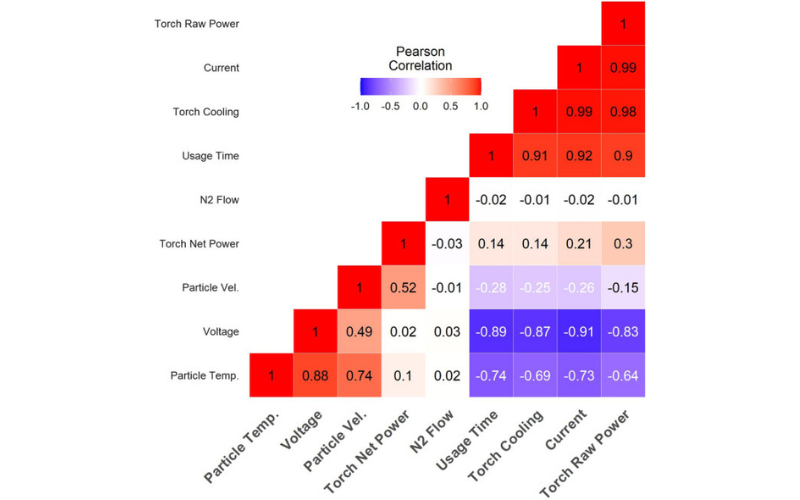考虑到火炬电极老化的 APS 飞行中粒子温度和速度预测集合方法
输入工艺参数与大气等离子喷涂 (APS) 飞行中颗粒特性之间的非线性关系对于涂层性能设计和质量至关重要。还已知焊炬电极的老化会影响这种关系。近年来,机器学习算法已被证明能够考虑这种复杂的非线性相互作用。这项工作说明了应用集成方法来预测 APS 过程中考虑火炬电极老化的飞行粒子温度和速度。进行实验以同时记录输入的工艺参数、飞行中的粉末颗粒特性和电极的使用时间。使用随机森林 (RF) 和梯度提升 (GB) 对电极老化时记录的 APS 过程数据进行排序和选择特征,并比较相应的预测模型。探讨了多元 APS 飞行中粒子特征数据的时间序列方面。考虑两种时间序列嵌入策略。第一个简单地嵌入了之前考虑的 n 个时间段的属性和目标,没有任何修改;而第二种策略在嵌入之前首先执行差分以使时间序列平稳。对于本应用,RF 比 GB 更合适,因为 RF 可以同时预测飞行中的粒子速度和温度,并适当考虑两个目标之间的相互作用。另一方面,GB 一次只能预测这两个目标。嵌入式预测模型的优越性能及其特征排名表明,最好将 APS 数据视为时间序列来进行飞行中粒子特征预测。特别是,事实证明,即使在使用 RF 建模时,首先使用传统差分技术使时间序列平稳也是有利的。
关键词: 大气等离子喷涂(APS), 颗粒温度, 颗粒速度, 过程建模, 瞬态建模
最初发表于《热喷涂技术杂志》(2023; 32(1): 175–187)
作者:K. R. Yu、C. V. Cojocaru、F. Ilinca、E. Irissou
